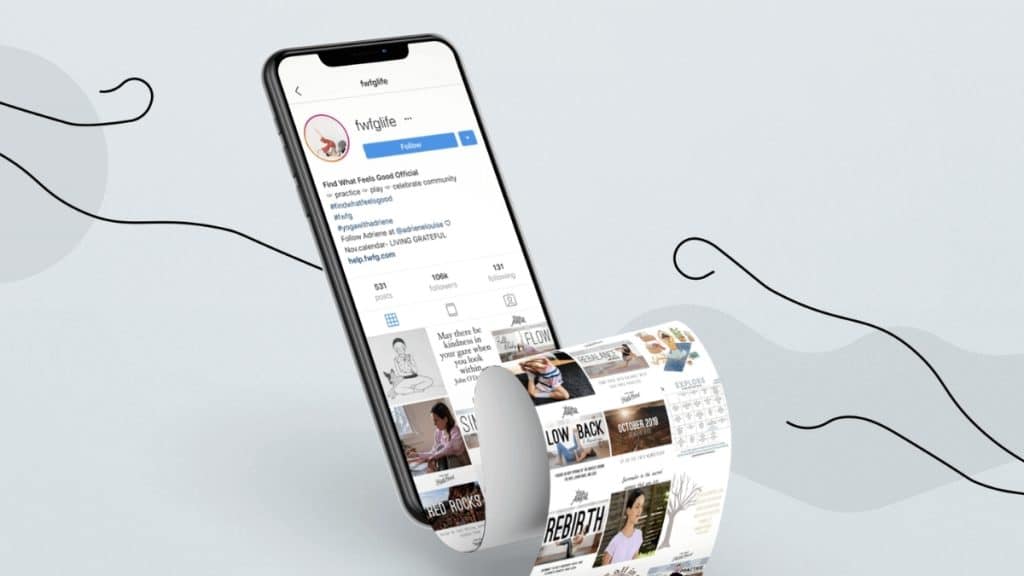Monetizing an app is about finding the perfect balance between generating revenue and delivering a great user experience. With millions of apps vying for attention in the market, developers and businesses need creative, effective strategies to turn their hard work into sustainable income.
There’s no one-size-fits-all approach to in-app monetization from in-app advertising to gamification.
Each method has its own perks and challenges, so choosing what best suits your app’s audience and goals is important.
In this blog, we’ll explore some of the most popular and effective monetization models. Whether you’re looking to boost engagement through rewards or build steady revenue streams with subscriptions, we’ve got you covered.
Let’s look into these strategies to help you unlock your app’s full earning potential!
1. In-App Advertising
In-app advertising is one of the most common in-app monetization methods, especially for free apps. The concept is simple: advertisers pay you to display their ads within your app.
These ads can take various forms, such as banners, interstitials, videos, or native ads that blend seamlessly with your app’s design.
The biggest advantage of in-app advertising is its accessibility. It’s a straightforward way to earn revenue without directly charging users. However, the challenge is balancing ad visibility and user experience.
Too many intrusive ads can frustrate users and lead to higher churn rates. Conversely, well-placed and relevant ads can enhance the user’s experience by offering value or introducing them to products they might genuinely like.
While ads are a great way to monetize free apps, let’s explore in-app purchases that offer users more direct value.
2. In-App Purchases (IAPs)
In-app purchases (IAPs) are a cornerstone of the freemium model, where the app is free to download but offers additional content or features for a price. These purchases can range from unlocking premium features to buying virtual goods or consumables like extra lives in a game.
One of the biggest advantages of IAPs is their flexibility. They allow users to pay for only what they need, creating a sense of control and satisfaction. Additionally, IAPs often cater to a smaller, highly engaged group of users known as “whales,” who contribute significantly to an app’s revenue.
However, creating a successful IAP strategy requires careful planning. The key is to offer products that genuinely enhance the user experience without making the free version feel inadequate.
For example, cosmetic game upgrades or advanced productivity app analytics can be enticing without alienating non-paying users.
While IAPs can drive significant revenue, what if you could guarantee a steady, recurring income? That’s where subscription models come in.
3. Subscription Models
Subscription models have become increasingly popular, especially for apps that provide ongoing value, such as streaming platforms, fitness apps, or productivity tools. Users pay a recurring fee to access premium content or features with a subscription.
One of the biggest advantages of subscriptions is their predictability. Unlike one-time purchases, subscriptions provide a steady revenue stream, making it easier for developers to plan and scale.
Additionally, they encourage long-term relationships with users, fostering loyalty and engagement.
However, the challenge is demonstrating value over time. Users need to feel they’re getting their money’s worth, or they will cancel their subscriptions. Regular updates, exclusive features, and personalized content are essential to keeping subscribers engaged.
While subscriptions are great for recurring revenue, collaborations can elevate your app’s monetization strategy to new heights. Let’s discuss affiliate marketing and partnerships.
4. Affiliate Marketing and Partnerships
Affiliate marketing and partnerships allow you to collaborate with other businesses to generate revenue.
You promote another company’s product or service within your app and earn a commission for every successful referral or sale. This strategy works particularly well for apps with a niche audience or specific user base.
For example, a fitness app could partner with a health supplement brand to promote its products through in-app ads, banners, or dedicated sections.
The key is to choose partnerships that align with your app’s theme and add value to the user’s experience. Irrelevant or overly aggressive promotions can backfire, leading to user dissatisfaction.
Affiliate marketing also opens up opportunities for cross-promotion, where two apps or businesses collaborate to share user bases and drive growth. This win-win strategy can increase your app’s visibility while generating additional income.
Now, let’s explore gamification and rewards that keep users engaged and motivated.
5. Gamification and Rewards
Gamification involves incorporating game-like elements into your app to engage users and encourage specific behaviors. These elements can include points, leaderboards, badges, or rewards systems that make the app experience more enjoyable and interactive.
For example, a language-learning app could reward users with points for completing lessons, which they can redeem for exclusive content.
Similarly, an e-commerce app might use a loyalty program where users earn discounts or perks for frequent purchases.
Gamification drives engagement and creates additional monetization opportunities. For instance, users might pay to unlock special rewards or purchase premium currency to accelerate their progress.
This strategy works particularly well for apps targeting younger audiences or those looking to create a sense of community and competition among users.
With all these strategies in mind, let’s highlight the importance of choosing the right monetization mix for your app.
Conclusion
Monetizing your app is both an art and a science. Each strategy offers unique opportunities to generate revenue while enhancing the user experience, from in-app advertising to gamification.
The key is to choose a model or a combination of models that aligns with your app’s goals, audience, and value proposition.
By diversifying your monetization strategies, you can create a sustainable revenue stream that supports your app’s growth and success.
Whether you’re just starting or looking to optimize your current model, exploring these methods can help you unlock your app’s full earning potential.
